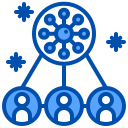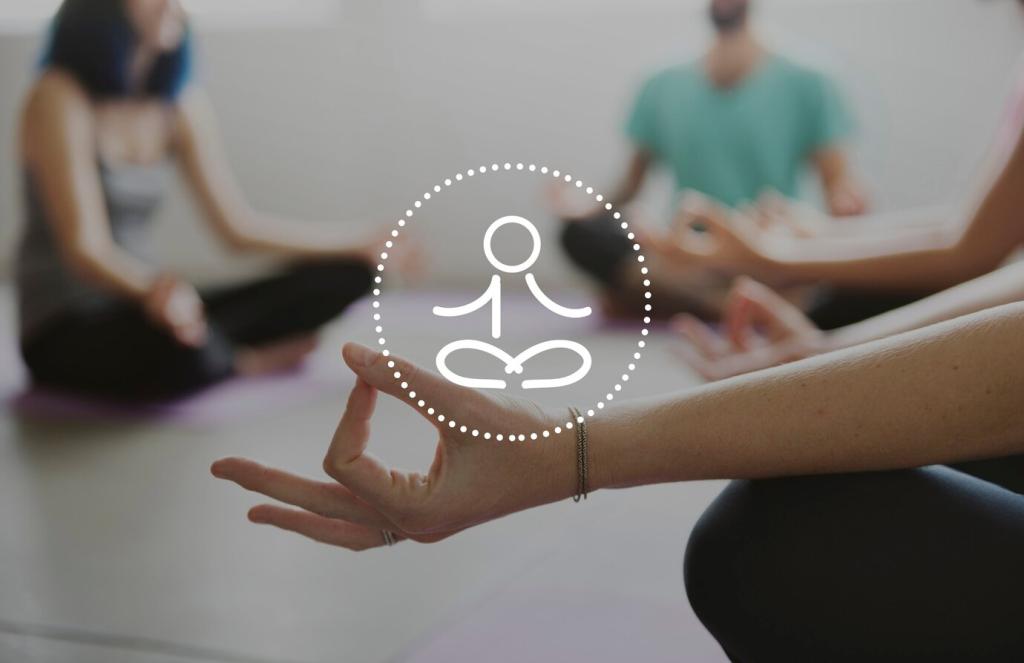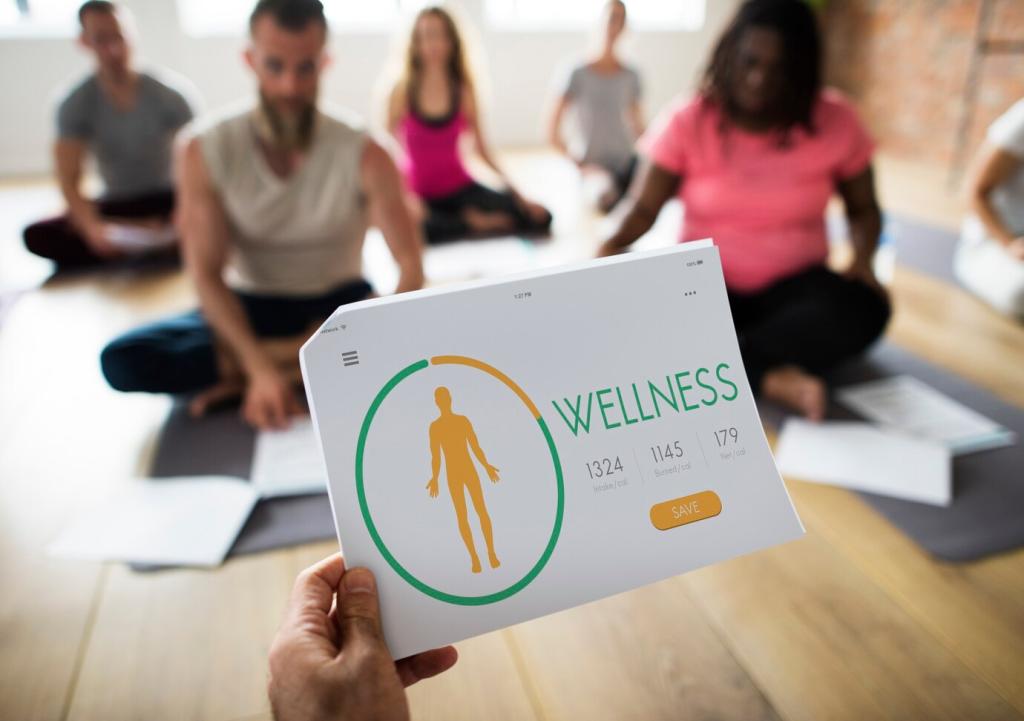From Crisis to Center: Mindfulness in High‑Pressure Moments
Before a sprint, write the top three must‑wins, breathe twice, and agree on “good enough” criteria. During breaks, stand and exhale longer. Afterward, debrief without blame. These mindful guardrails keep stress intense but non‑toxic, supporting sustainable performance.
From Crisis to Center: Mindfulness in High‑Pressure Moments
When tensions rise, silently note: “anger present,” “tight chest,” “story forming.” Ask one curiosity question before rebutting. This tiny pivot reduces reactivity, reveals hidden needs, and often de‑escalates conversations that would otherwise spiral into exhausting, relationship‑draining battles.





